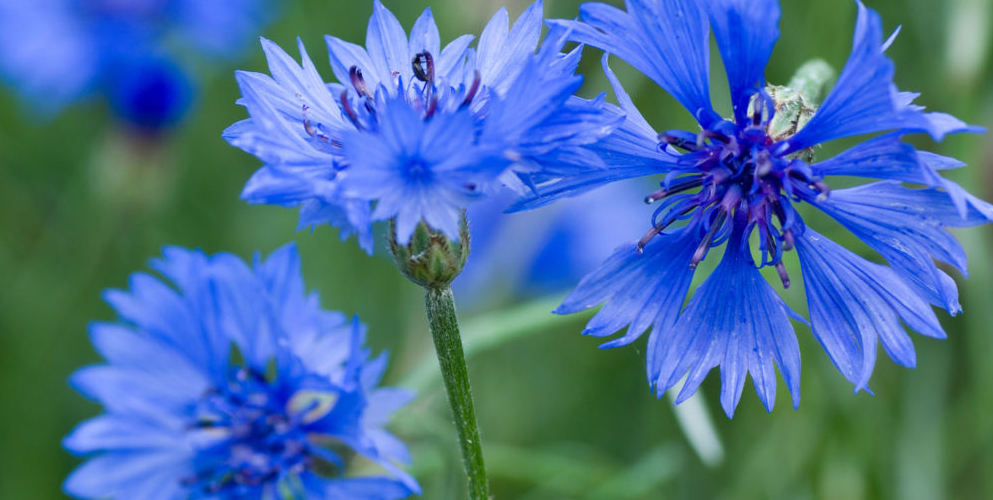Let’s explore Burundi National Flower. Burundi, a landlocked country in East Africa, is renowned for its rich cultural heritage and natural beauty. One of the significant elements that symbolize a nation’s identity is its national flower. In the case of Burundi, the national flower is the Yellow Trumpet, a vibrant and captivating bloom that holds deep meaning for its people. This article explores the history, symbolism, botanical description, and cultural significance of Burundi’s national flower.
Symbolism and Cultural Significance of Burundi National Flower
The Yellow Trumpet, scientifically known as Tecoma stans, has been designated as Burundi’s national flower. This vibrant bloom symbolizes the country’s beauty, resilience, and bright future. Its brilliant yellow petals represent the sun, evoking warmth, hope, and optimism. The Yellow Trumpet is cherished by the Burundian people and plays a crucial role in their cultural traditions, art, and folklore.
Botanical Description
The Yellow Trumpet is a species of flowering plant belonging to the Bignoniaceae family. It is a medium-sized shrub or small tree that can reach heights of 5 to 12 feet. The plant is characterized by its clusters of trumpet-shaped flowers, which are vibrant yellow in color. The flowers have a distinct fragrance and attract various pollinators, including bees, butterflies, and hummingbirds. The foliage consists of glossy, dark green leaves that provide an elegant backdrop to the vivid blooms.
Historical Significance of Burundi National Flower
The selection of the Yellow Trumpet as Burundi’s national flower is rooted in the country’s history. Throughout the ages, flowers have played a significant role in human civilizations, representing beauty, love, and hope. By choosing the Yellow Trumpet as their national flower, Burundians honor their cultural heritage and celebrate the vibrant spirit of their nation.
Conservation Efforts for Burundi National Flower
As the national flower of Burundi, the Yellow Trumpet holds immense importance in the country’s biodiversity conservation efforts. Various organizations and governmental bodies are actively involved in protecting the natural habitats where these flowers thrive. Conservation initiatives aim to safeguard the Yellow Trumpet’s existence, ensuring its preservation for future generations to appreciate and enjoy.
Uses and Economic Impact
Apart from its cultural and symbolic significance, the Yellow Trumpet also holds economic value for Burundi. The flowers are often used in floral arrangements and as decorative elements for celebrations, including weddings and festivals. The vibrant blooms of the Yellow Trumpet have a significant impact on the local floral industry, contributing to the country’s economy through trade and tourism.
Burundi National Flower in Art and Literature
The Yellow Trumpet has been a source of inspiration for Burundian artists, writers, and poets. Its vibrant color and distinct shape have found representation in various forms of artistic expression, including paintings, sculptures, and literature. The national flower serves as a muse for creators, capturing the essence of Burundi’s natural beauty and cultural heritage.
How to Grow and Care for Yellow Trumpets
Suitable Climate and Soil Conditions
Yellow Trumpets thrive in tropical and subtropical climates. They prefer full sun exposure but can tolerate partial shade. In terms of soil, they adapt well to a variety of conditions, although well-draining soil with organic matter is ideal. Regular watering and adequate drainage are crucial for the plant’s health.
Planting and Maintenance Tips
To cultivate Yellow Trumpets, start by preparing the soil by loosening it and removing any weeds or debris. Plant the shrub in a hole slightly larger than the root ball, ensuring that it is level with the ground. Water the plant thoroughly after planting and provide regular watering during dry spells. Pruning can be done to maintain the desired shape and promote healthy growth.
Frequently Asked Questions (FAQs)
- Why was the yellow trumpet chosen as Burundi’s national flower?
The Yellow Trumpet was chosen as Burundi’s national flower due to its vibrant color, cultural significance, and representation of hope and optimism.
- Are yellow trumpets endemic to Burundi?
While the Yellow Trumpet is not endemic to Burundi, it holds a special place in the hearts and traditions of the Burundian people.
- Can yellow trumpets be grown in other countries?
Yes, Yellow Trumpets can be cultivated in other countries with suitable climates. However, they are most commonly found in tropical and subtropical regions.
- Are there any festivals or events dedicated to the yellow trumpet in Burundi?
Burundi hosts various festivals and events that celebrate the nation’s cultural heritage, where the Yellow Trumpet often plays a prominent role.
- What are some interesting facts about yellow trumpets?
Yellow Trumpets are not only visually stunning but also attract pollinators such as bees, butterflies, and hummingbirds due to their nectar-rich flowers. These blooms also have medicinal properties and are used in traditional herbal remedies.
Conclusion
The Yellow Trumpet, Burundi’s national flower, embodies the nation’s vibrant spirit, cultural heritage, and aspirations for a bright future. With its stunning yellow petals, symbolic meaning, and cultural significance, this flower holds a special place in the hearts of the Burundian people. As conservation efforts continue and the floral industry thrives, the Yellow Trumpet continues to be a source of pride and joy for the nation.
References
- “National Floral Emblems: Burundi.” Flowers of the World.
- “Burundi National Flower – Yellow Trumpet.” World National Symbols.
- “Tecoma stans.” Missouri Botanical Garden.
- “Yellow Trumpet.” Gardenia.

